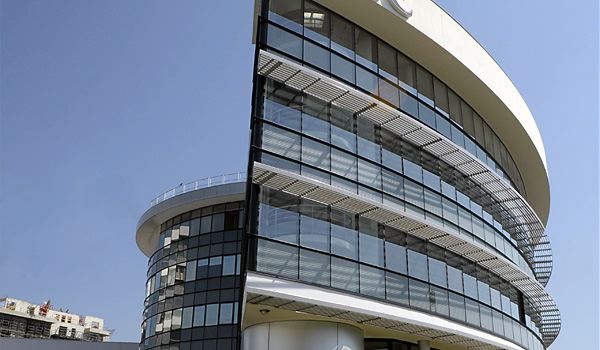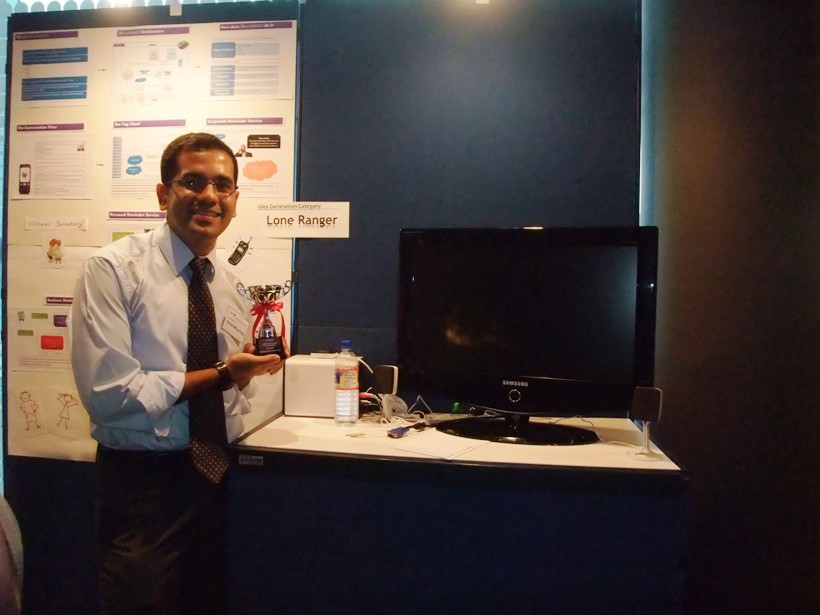Author: Balaji Rajhavan, India
Recently, I had the opportunity to interview one of the stalwarts of business and consulting in Singapore, Mr. Zafar Momin, about strategy implementation from a CEO’s perspective. I was also fortunate to attend his course on the same subject and felt that an interview highlighting some of the more practical issues related to implementation would be both useful and interesting for all MBA participants.

Mr. Zafar has over 24 years of experience in business and consulting in Asia, Middle East and the USA. Mr. Zafar has held a variety of positions in prestigious companies: Executive Vice-President of Alghanim Industries in the Gulf, Partner and Managing Director of Boston Consulting Group in Singapore and Dubai, and Partner and Asia practice head with A.T Kearney to name a few. Here is part I of our discussion:
“Why should a CEO or the senior management of a company bother about strategy implementation? Especially when they have many other things like PR, stakeholder management, strategy formulation, etc. on their agenda.”
No matter what other items the CEO has on her/his agenda, the primary mandate for the CEO is usually ‘enhancing shareholder value’ and ‘creating a successful enterprise’. You can define success in terms of financial measures, operational excellence, people development, community enrichment, or whatever measure makes sense for the company. Every firm has a reason for “being” and this reason is usually articulated in their vision, mission & strategy. If the CEO can’t get these executed or put into action, can he/she be successful? So strategy execution cannot be something that he/she can delegate off to somebody to concentrate on something else, because what else could be more important than putting the company’s strategy into action.
“How much of a CEO’s time would typically be taken up by implementation issues?”
It’s hard to define how much of her/his time would be taken up exactly as it would depend on the specificity of the situation. However, implementation will surely be a priority on her/his “things to do” list. Most successful implementations have the CEO playing a key role in them. It doesn’t mean that he/she is necessarily leading
everything but that he/she is playing a significant leadership role; which may range from a hands-on driver to a facilitator to a decision shaper role. It is a very key that the CEO ensures that the strategic initiatives are moving forward, all the bases have been covered, budgets & resources have been allocated, and that there is a
detailed translation of the strategy into an actionable list of initiatives for the organization to act upon.
“Does the time spent by the CEO also depend on the size of the company? Say large companies like GE as opposed to a SME?”
Yes it might. A CEO at a large global company e.g. GE is leading a very complex & diverse organization, but probably has a lot more bench-strength and resources available to him. So the role he might play and the time he might spend might be different than the time spent by the CEO of a SME. The CEO of the SME might not have the
luxury of bench-strength and he may have to do a lot more of “rolling up the sleeves” stuff himself. But the importance of strategy implementation to both CEOs would be pretty much the same.
“What are the most common challenges faced by the CEO in executing strategy?”
There are several actually, but the typical ones are: getting the various layers of the organization to buy-in and align with the strategic direction of the company, identifying and mobilizing the correct resources for execution, planning the execution steps in detail and putting them into action with milestones, KPIs, control mechanisms and proper risk management. Implementation can be a very long and difficult journey, especially if it involves getting people to change. Often people resist change because they are comfortable with the status quo or feel they are not motivated or incentivized sufficiently to change.
In order to execute strategy effectively, CEOs have to make sure that they are exploiting all the levers that they have at their disposal such as organizational structure, processes, rewards, etc. One big problem in organizations is that people are asked to execute a strategy but are not given guidelines, processes, structures or systems to enable them to do that. The other issue is related to coordination and control mechanisms. People need lots of
information sharing, learning, empowerment, and also need measurement devices to know how they are progressing. Strategy formulation takes a lot less time than strategy execution. Yet, people underestimate how difficult it is to execute strategy, even though many start off very well they tend to get lost or wander off-course over time.”
Part II of the discussion continues in the next post with details about what tools or techniques a CEO can use, how to distinguish between a flawed strategy and flawed implementation, etc. Hope you all found this interesting. Over and out!










